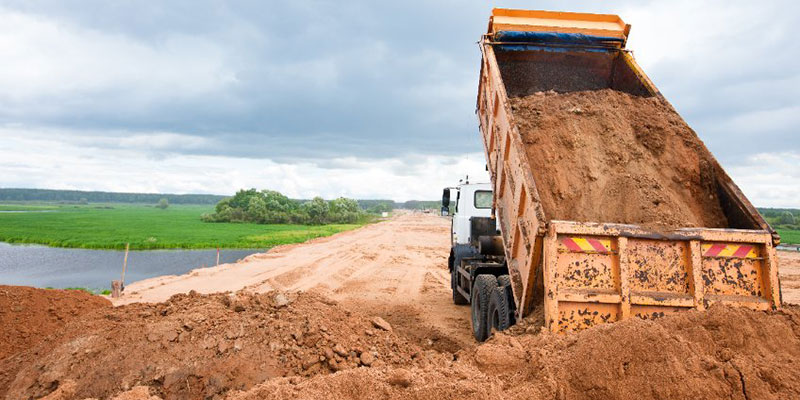Changes to NEPA include a requirement to assess lifetime greenhouse gas emissions of projects and resumed collaboration with local communities to minimize environmental and health impacts.
Administration signals tightening environmental standards for infrastructure projects
In April, the administration of United States President Joe Biden announced the restoration of key environmental safeguards to the National Environmental Policy Act (NEPA) of 1969. The previous administration had removed the provisions, citing delays in mine, pipeline, dam, and highway projects.
Now, agencies will again be required to consider the direct, indirect, and cumulative impacts of projects, along with the heightened impact of more pollution on already-polluted neighborhoods.
Changes include a requirement to assess lifetime greenhouse gas emissions, and the restoration also will allow agencies to resume collaboration with local communities to minimize environmental and health impacts. NEPA regulations will now be considered the floor, not the ceiling, of environmental review standards, and the White House said plans to broaden NEPA’s scope are in the works.
Brenda Mallory, chair of the White House Council on Environmental Quality, explained:
Restoring these basic community safeguards will provide regulatory certainty, reduce conflict, and help ensure that projects get built right the first time. Patching these holes in the environmental review process will help projects get built faster, be more resilient, and provide greater benefits to people who live nearby.
Environmentalist groups praised the action. Brett Hartl of the Center for Biological Diversity called the action a “critical first step toward restoring common-sense environmental safeguards.”
Industry groups, however, warned of red tape. Marty Durbin of the U.S. Chamber of Commerce said, “It should never take longer to get federal approval for an infrastructure project than it takes to build the project … .” American Gas Association President Karen Harbert expressed disappointment, saying, “This new rule will impede infrastructure projects this nation needs.”
Reducing Environmental Impacts
While water might not be the first issue addressed in infrastructure planning, water treatment and wastewater treatment strategies can help make a wide range of projects cleaner, more sustainable, and more climate-friendly.
For a start, decentralized water and wastewater treatment offers a number of advantages. By installing treatment capacity near the source of need, only short pipelines are required. There’s significantly less piping and pumping when compared to centralized plants and their long pipelines. Less pipe means less carbon released during pipeline construction. If pumping stations run on energy from fossil fuels, emissions are drastically reduced long-term. In areas where wastewater must be trucked out or drinking water must be trucked in, the fuel the trucks would have burned can be cut from a project’s carbon footprint.
Consider how climate-smart wastewater treatment can benefit a highway project. In Hubei, China, Fluence’s Aspiral™ wastewater treatment plants have been installed at service areas at 50 km intervals. Instead of burning fossil fuels to truck sewage away, dumping sewage untreated into the environment, or building hundreds of miles of pipeline, the sewage is simply treated on-site to China’s Class 1A effluent standard and safely released. And the membrane aerated biofilm reactor (MABR) technology used in Aspiral™ slashes the energy cost of biological treatment.
Similarly, Fluence’s NIROBOX™ units can treat local water sources on-site to provide a drinking water source that doesn’t rely on lengthy pipelines. The NIROBOX™ line includes models that can purify fresh water, and desalinate seawater and brackish water.
Nitrous Oxide Pollution
It’s a common misconception that carbon is the most harmful greenhouse gas: Studies have found that nitrous oxide pollution is 300 times more harmful to the environment. Unfortunately, traditional wastewater treatments release nitrous oxide into the atmosphere. The good news is that plants using MABR technology result in a dramatic reduction in CO2 and nitrous oxide emissions compared to traditional treatment technologies.
Contact Fluence to see if our technologies can help you meet environmental standards. Our experts are here to help with water strategies that can improve the bottom line of an infrastructure project’s climate ledger. And with Fluence’s Water Management Services, water and wastewater infrastructure can be delivered with no initial investment.

